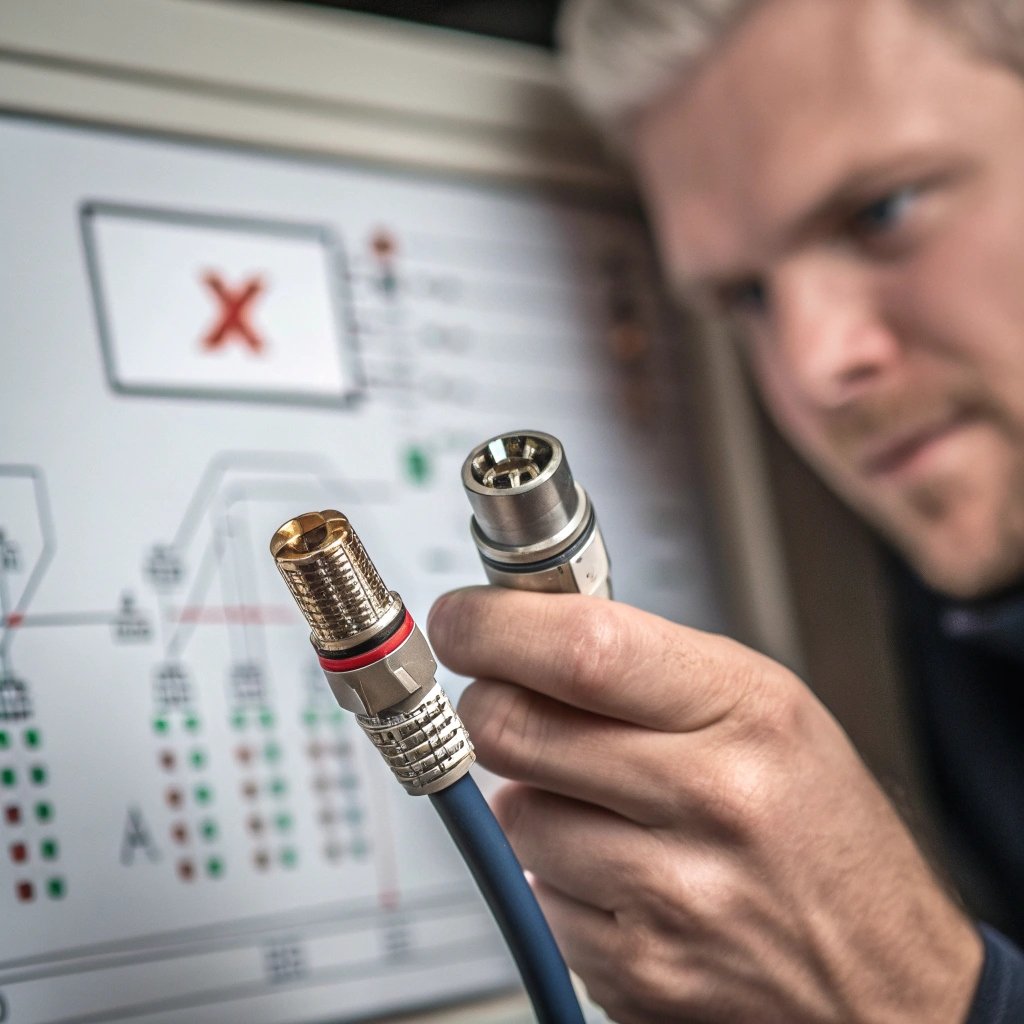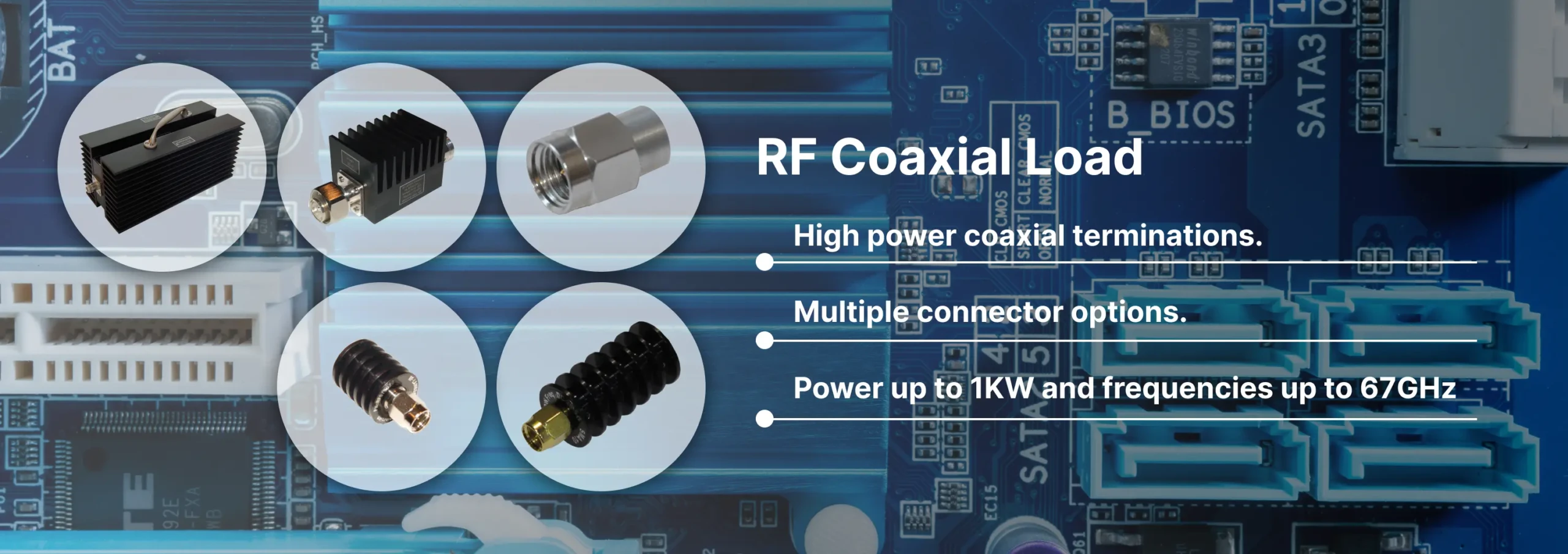by Angela
Share

Introduction
Navigating the world of RF (Radio Frequency) and microwave components can be daunting. Misunderstanding specifications or misapplying terminology can lead to costly mistakes in system design and procurement. This guide will clarify key distinctions, explain common pitfalls, and help you make informed decisions when sourcing RF and microwave components.
1. Understanding the Basics: RF vs. Microwave vs. Millimeter-Wave
What Defines Each Frequency Range?
- RF (Radio Frequency): Typically 3 kHz – 300 GHz, though commonly associated with sub-6 GHz in communications.
- Microwave: Loosely defined, but usually 300 MHz – 30 GHz (overlapping with RF).
- Millimeter-Wave: Officially 30 GHz – 300 GHz, but colloquially includes 24 GHz and above.
Why does this matter?
- Component selection changes with frequency—materials, connectors (SMA vs. 2.92mm vs. 1.85mm), and waveguide sizes vary.
- "Microwave" vs. "RF" labels often lead to confusion—check frequency specs rather than just product names.
2. Key RF & Microwave Components & Selection Tips
(A) Adapters & Connectors
- Mistake to Avoid: Assuming all RF connectors work the same at high frequencies.
- Solution:
- ≤ 6 GHz? SMA or N-type connectors.
- Up to 18 GHz? 2.92mm (K-connector).
- Up to 67 GHz? 1.85mm (V-connector).
- Beyond 67 GHz? Waveguide interfaces.
(B) Amplifiers & Filters
- Mistake to Avoid: Using an "RF amplifier" in microwave bands and expecting full efficiency.
- Solution:
- For RF (≤ 3 GHz): General-purpose LNAs (Low-Noise Amplifiers).
- For Microwave (3–30 GHz): Designated MMIC (Monolithic Microwave IC) amplifiers.
- For Millimeter-Wave (30+ GHz): Require specialized GaAs/GaN-based amplifiers.
(C) Waveguides vs. Coaxial Cables
- When to use what?
- Coaxial cables: Best for flexibility, lower frequencies (up to ~67 GHz).
- Waveguides: Essential for minimal loss in high-power, high-frequency (40+ GHz) systems.
3. Common Pitfalls & How to Avoid Them
-
Problem #1: Ignoring insertion loss and VSWR → Degraded signal integrity.
- Fix: Always check datasheets for loss-per-meter and matching specs.
-
Problem #2: Assuming "RF" covers all microwave needs → Underperforming systems.
- Fix: Cross-check frequency range and power handling.
-
Problem #3: Mis-mating connectors → Permanent damage.
- Fix: Never force different-sized connectors (e.g., SMA into 2.92mm).
4. Conclusion & Key Takeaways
✅ Know your frequency range first—RF, microwave, and mmWave require different hardware.
✅ Connectors are critical—using the wrong one can ruin signal quality or equipment.
✅ Read datasheets carefully—terms like "RF," "microwave," and "mmWave" aren’t always precise.
✅ Test before finalizing—verify performance in your actual application.
Looking for reliable RF & microwave components?
Check out [https://reach-line.com/product/] for:
🔹 High-frequency adapters (DC – 110 GHz)
🔹 Low-loss cables & waveguides
🔹 Signal integrity-certified amplifiers & filters
Have questions? Drop them in the comments or [Contact Us] for expert advice!
STAY IN FOR MORE NEWS
Subscribe to our free newsletter.
Discover Reach-Line’s precision RF and microwave terminations covering DC to 110 GHz and power levels 1 W to 1000 W. Reliable, low VSWR solutions for 5G, satellite, and lab applications.
Reach-Line offers high-frequency cable assemblies, fixed attenuators, and precision terminations. Partner for engineering support, rapid prototyping, and global logistics.
In the realm of high-frequency applications, the SMA (SubMiniature version A) connector stands out as a compact yet powerful component. Developed in the 1960s, SMA connectors are designed for applications up to 18 GHz, with some precision versions extending to 26.5 GHz.
Reach-Line fixed attenuators cover DC to 110 GHz and 1 W to 1000 W. Fine-tune signals, protect components, and ensure repeatable tests in demanding RF applications.






